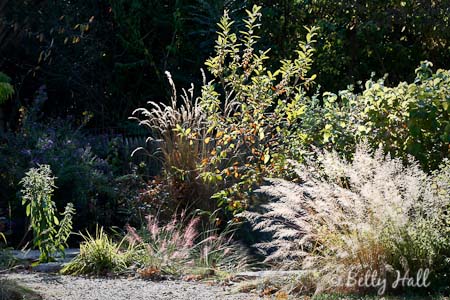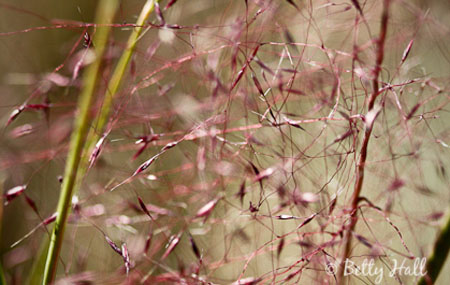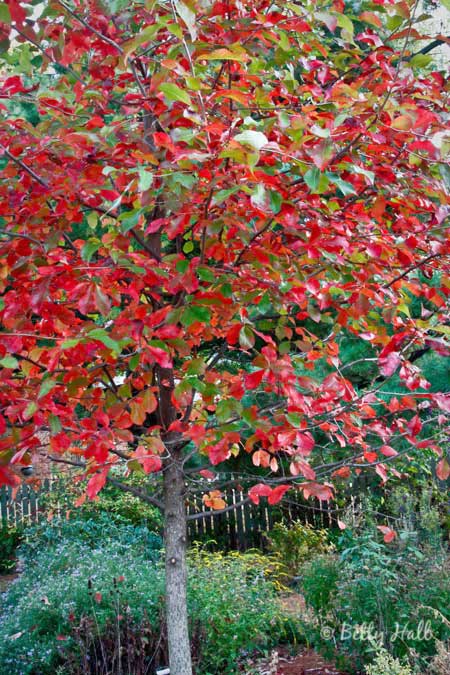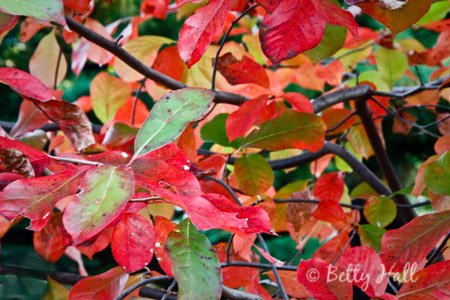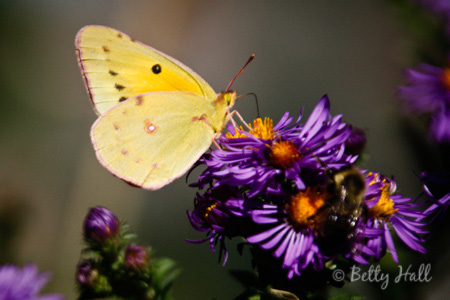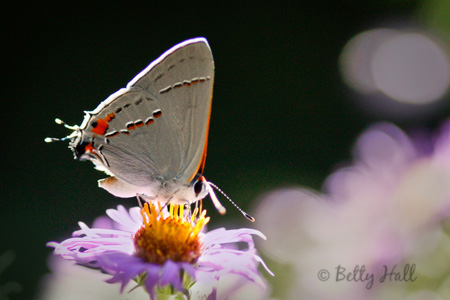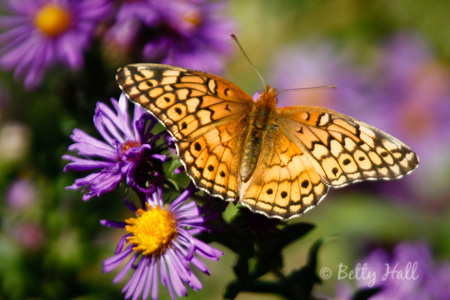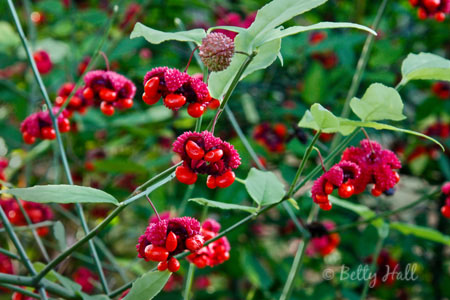I’m intrigued by autumn leaves – so many shapes, sizes, colors, and textures, and always changing. When I look closely at individual leaves they often strike me as true works of art. Here is a sampling from the backyard.
The bur oak leaves are our largest – some are over twelve inches long.
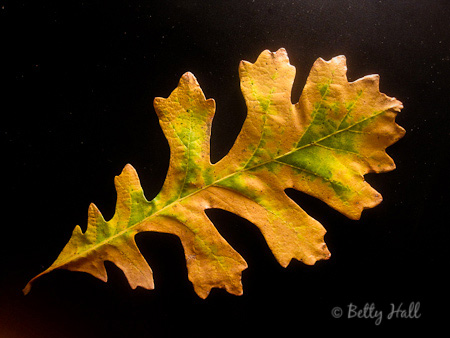
This close-up reminds me of an aerial photograph.
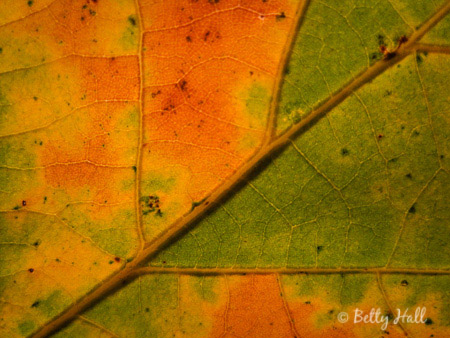
The blueberry (Vaccinium simulatum) leaves create a bright splash in the garden right now.
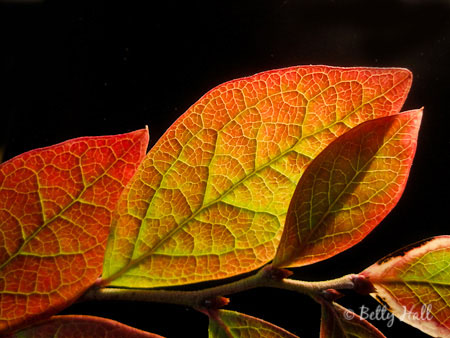
This mitten-shape-leaf on the young sassafras is one of many variations on the same tree.
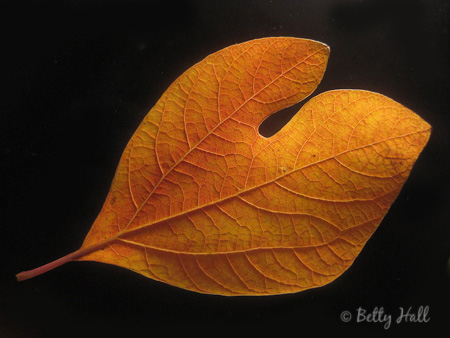
I like the jewel tones of these small fragrant sumac (Rhus aromatica) leaves.
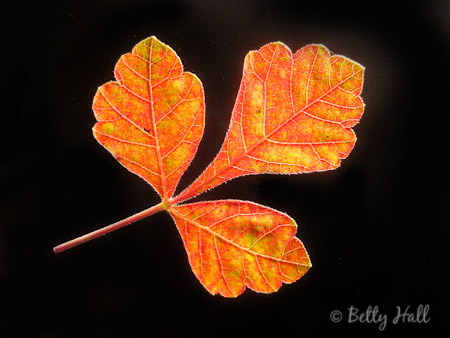
Photography note: These images were made with my small point-and-shoot Canon Power Shot SD1200 – macro setting without a tripod. I like to see the light coming through the leaves and used a 60 watt bulb to backlight all the images except the bur oak leaf (first image).

